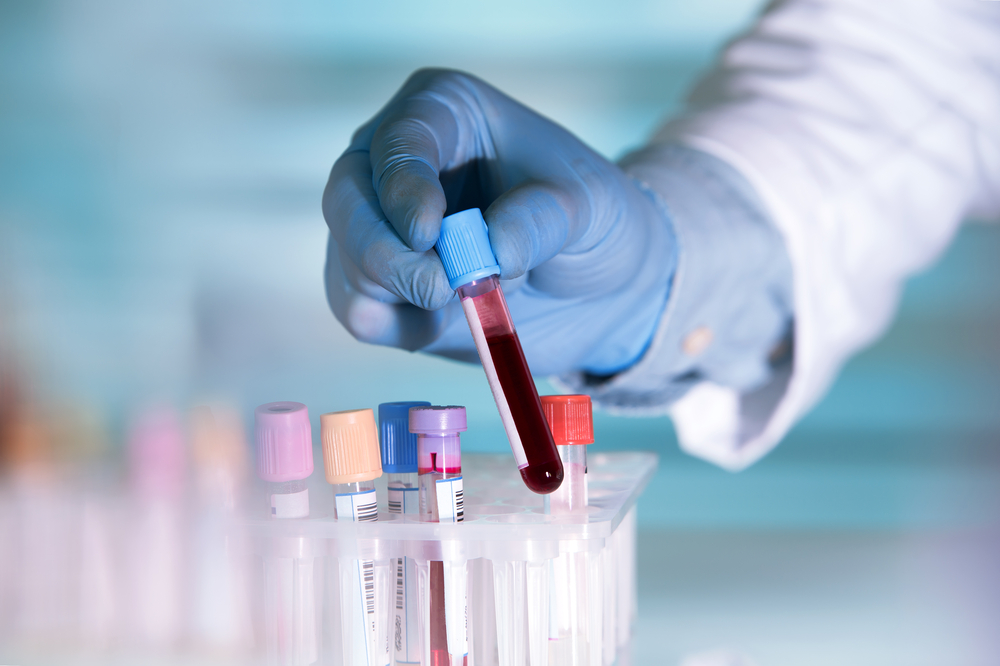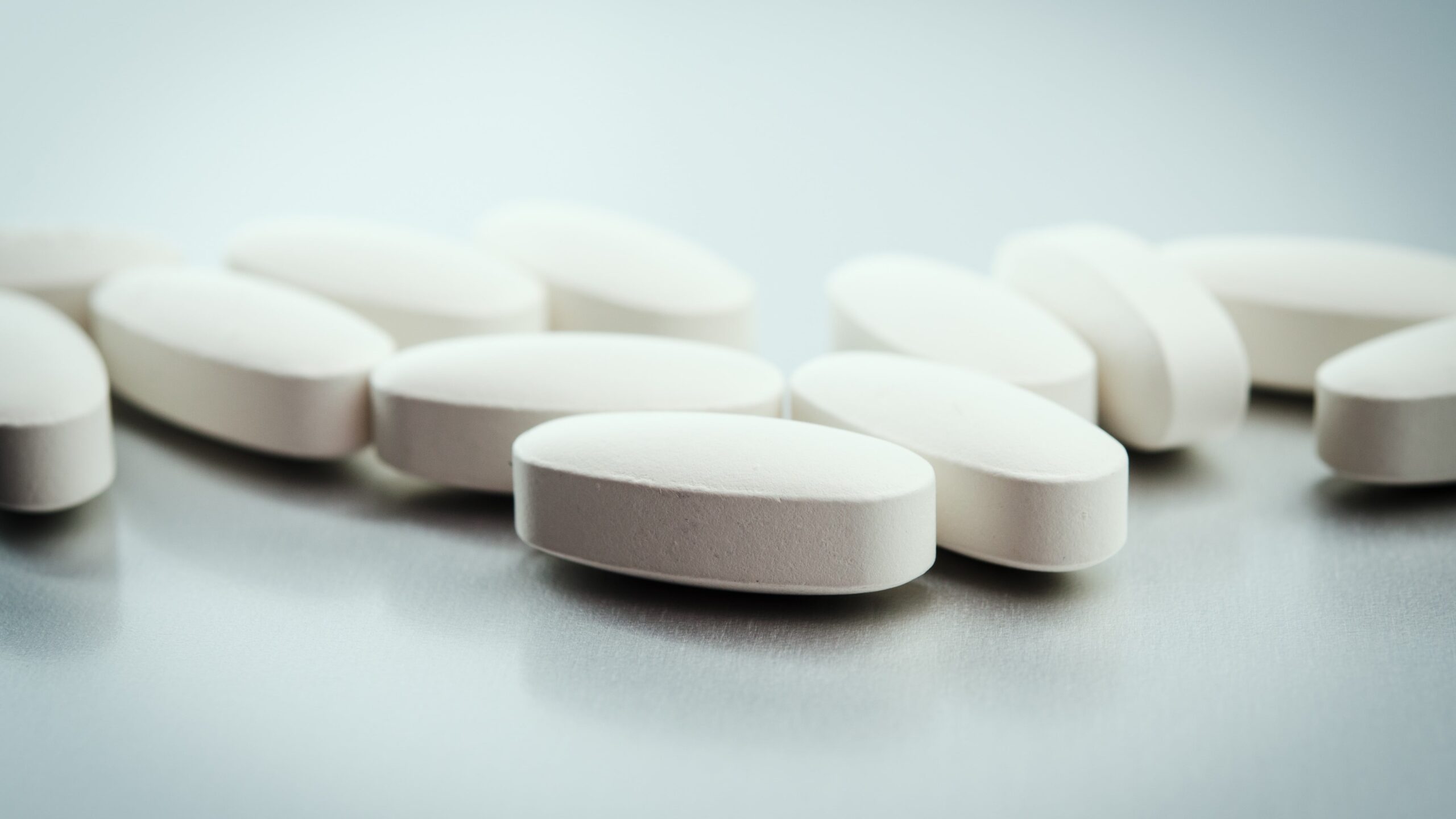
Hypercalcemia may be caused by granulomatous disorders such as sarcoidosis and tuberculosis due to increased production of calcitriol via activation of extrarenal 1-alpha-hydroxylase by macrophages in granuloma. Patients with hypercalcemia may be asymptomatic and have low levels of parathyroid hormone (PTH) and elevated levels of 1,25 dihydroxyvitamin D. In rare cases, hypercalcemia may be caused by granulomatous inflammation associated with severe tophaceous gout.
During a poster session at ASN Kidney Week 2024, Madhia Bashir Ahmad, MD, and colleagues at Rutgers Health, Newark, New Jersey, presented a case study of a patient with severe tophaceous gout. The poster was titled Hypercalcemia Due to Elevated 1,25 Dihydroxyvitamin D In Severe Tophaceous Gout.
The patient was male, 68 years of age, and had severe tophaceous gout and possible seronegative rheumatoid arthritis resulting in extensive deformities. He presented with asymptomatic hypercalcemia 13.1 mg/dL and a decline in kidney function. Results of laboratory tests were notable for creatinine 2.6 mg/dL with baseline chronic kidney disease creatinine 2.0 mg/dL, low PTH, and elevated serum 1,25 dihydroxyvitamin D and angiotensin converting enzyme (ACE) levels.
Sarcoidosis, malignancy, fungal infections, and tuberculosis were ruled out on extensive workup. The patient underwent resection of his elbow tophi which showed many granulomas. Results of renal biopsy were consistent with arteriosclerosis disease. His hypercalcemia improved following aggressive treatment of his gout with steroids and urate lowering therapy (febuxostat).
In summary, the authors said, “Our patient presented with relatively long-standing hypercalcemia with minor symptoms. This occurred in the setting of severe tophaceous gout and probable seronegative rheumatoid arthritis. In normal states, 25-hydroxyvitamin D is hydroxylated to the active 1,25-dihydroxyvitamin D in renal proximal tubular cells through the enzyme 1-alpha-hydroxylase. In hypercalcemia this conversion is inhibited. Elevated 1,25-dihydroxyvitamin D in the setting of hypercalcemia as seen in this patient points to abnormal unregulated extrarenal conversion, typically found in granulomatous states and lymphomas.”
Source: Ahmad MB, Chaudhari H, Mahendrakar S, Yudd M. Hypercalcemia due to elevated 1,25-dihydroxyvitamin D in severe tophaceous gout. TH-PO181. Abstract of a poster presented at the American Society of Nephrology Kidney Week 2024; October 24, 2024; San Diego, California.







 © 2025 Mashup Media, LLC, a Formedics Property. All Rights Reserved.
© 2025 Mashup Media, LLC, a Formedics Property. All Rights Reserved.